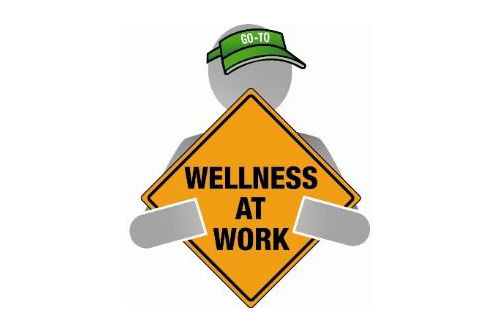Workplace wellbeing has become a key focus in WorkSafe’s Strategic Plan for Work-Related Health 2016 to 2026. This strategic direction helped spawn www.wellpace.nz and the Good4Work test. Yet, mentioning workplace wellbeing can trigger the same emotional response as a “let’s do a creeping circle of death team building exercise!” People are either already into it, or fall into one of these three categories:
- Apathetic “Yeah, that’s my next New Year’s resolution.”
- Hostile “I’m an adult and it’s none of your business.”
- Fearful “I don’t want my wobbly naked truth being laid bare.”
What is Wellbeing at Work?
The NZ Health Promotion Agency (HPA), created the Wellplace initiative and its tagline “Building wellbeing isn’t hard – it’s about making the easy choice the healthy choice.” The idea is that a ‘healthy’ workplace promotes workers physical and mental wellbeing.
A worker’s wellbeing is affected by three key factors:
- Business leadership: company culture and workload
- Facilities provided: modern well-maintained facilities
- Individual lifestyle factors: What people bring from their home to work
What does the legislation say about Wellbeing?
Quite a lot! The Health and Safety at Work Act (2015), the Employment Relations Act (2000), the Privacy Act (1993), the Harassment Act (1997) and the Human Rights Act (1993) combine to establish a business’s general duties and responsibility to provide a healthy work environment.
Accordingly, your workplace is supposed to be free from:
- bullying
- discrimination – gender, religion, sexual orientation
- sexual harassment
- all types of exploitation
- tobacco harm (including second-hand smoke)
- alcohol-related harm
- risk of sun damage
Talking $ and ₵: Why is Wellbeing Good for Business?
The benefits of focusing on worker wellbeing were quantified in 2010 when the UK government invested in a report prepared by Stephen Bevan:The Business Case for Employee Health and Wellbeing.
The executive summary is that by investing in workplace wellbeing you get:
- Reduced absence from work and higher worker resilience
- Reduced accidents at work
- Improved staff retention and a better employer brand when attracting new workers
- Higher employee commitment and productivity
Good4Work: How can you measure Workplace Wellbeing?
Take a look at Good4Work. It’s a free test with 22 questions that takes about fifteen minutes to complete. The test covers essential elements for a positive workplace culture and environment. The results will allow you to verify what you are doing well, work out what you can do even better and maybe even identify some areas that you hadn’t even thought about.
As always, if you have any resources to share or thoughts on wellbeing in the workplace, what’s worked and what hasn’t please call Sarah on 0272 007 680 or email sarah@employmenow.co.nz.
Have a safe and productive week.
SB
